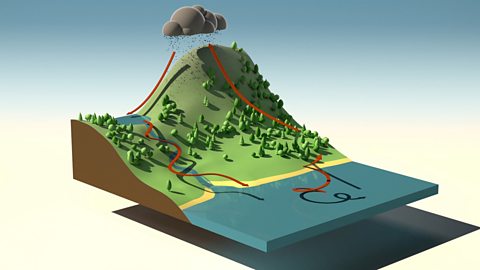Exploring the four countries of the UK - England, Scotland, Wales and Northern Ireland - and their capital cities: London, Edinburgh, Cardiff and Belfast.
Hi there, I'm Earth.
Come and take a look at one of my favourite places, the United Kingdom.
It's made up of England, Scotland, Wales and Northern Ireland.
This is England, the biggest country in the United Kingdom.
Its capital city is London.
This is the Tower of London, home of the Crown Jewels.
The north of England has many mountains and lakes, like Windermere, the largest lake in England.
Up here is Scotland. It has lots of lakes. They call them lochs.
The most famous is Loch Ness. Legend says it's home to the Loch Ness monster.
The capital city of Scotland is Edinburgh, with its famous castle.
Wales's capital city is Cardiff.
Here's Cardiff railway station. It was built to handle all the trains coming in and out of the city.
And this is Snowdon, Wales's highest mountain.
Beautiful, if I do say so myself!
Across the Irish Sea is Northern Ireland.
Its capital city is Belfast.
This is the Titanic Museum, which tells the story of the famous ship.
And this is the Giant's Causeway.
Legend says it was built by a giant who wanted a shortcut between Northern Ireland and Scotland, but really it was formed when the lava from a volcano cooled and formed these columns.
With so many amazing places, I bet you can see why the United Kingdom is so special to me.
Video summary
This short film offers primary pupils a journey around the four countries that make up the UK - England, Scotland, Wales and Northern Ireland.
It identifies the capital cities - London, Edinburgh, Cardiff and Belfast - and also the flag and a key human and physical feature of each country.
Teacher Notes
This short film explores the countries that make up the United Kingdom and identifies a key human and physical feature of each one.
It also shares the flags of the countries that make up the United Kingdom.
How to use this film:
This film identifies what human and physical features are in geography and indicates some of them in the context of the United Kingdom.
It will help pupils to understand that the United Kingdom is made up of four countries and that each of these countries has its own significant human and physical features.
Being map based, the film will also help pupils to understand the shape of the country and how the countries fit together.
Points for discussion:
- What are the four countries of the United Kingdom?
- What are the capital cities of each country?
- What is a human feature in geography?
- What is a physical feature in geography?
- Can pupils describe the human and physical features of a place they know well?
Suggested activities:
After watching the video pupils could explore what human and physical features are in geography and think about other significant human and physical features they know of.
Pupils could play a matching game to consolidate learning about the countries of the United Kingdom and their flags.
Pupils could use a base map to develop their knowledge of coordinates, using directional vocabulary to specify location and transferring what they have learnt in the video to paper maps.
Pupils could use other types of maps to explore the United Kingdom and its geography to look for similarities and differences in how the maps display geographical features.
Suitable for teaching geography at KS1 and KS2 in England, Progression Step 2 and 3 in Wales, Early and 1st and 2nd level in Scotland and Foundation and KS1 in Northern Ireland.
Weather, climate and climate change. video
Exploring the difference between weather and climate, climate zones around the world and climate change.
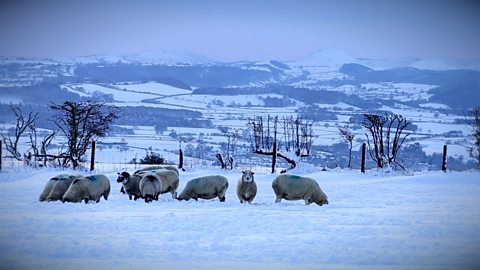
Maps. video
Maps, mapping and navigation - including map keys, symbols, compass points and co-ordinates.
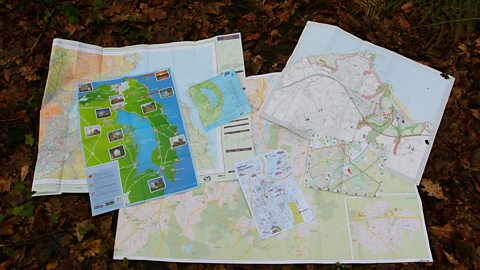
Cities, towns and villages. video
Exploring settlements to identify the key geographical features of villages, towns and cities, including their similarities and differences.
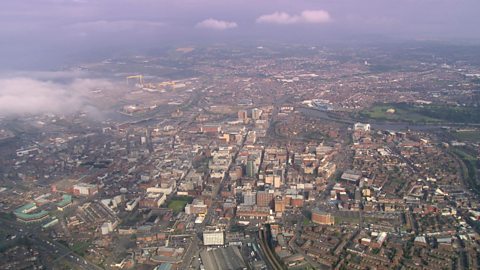
Rivers. video
Exploring the journey of water to the sea, including source, stream, river, meander, river mouth and estuary.
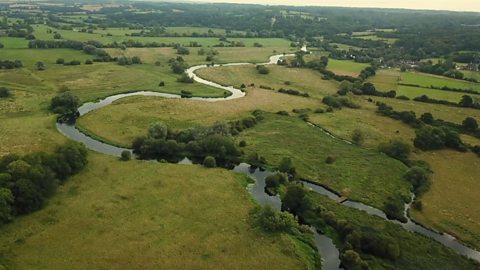
The world. video
Exploring the regions of the Earth: the continents, oceans, Equator, Northern and Southern Hemispheres and the North and South Poles.
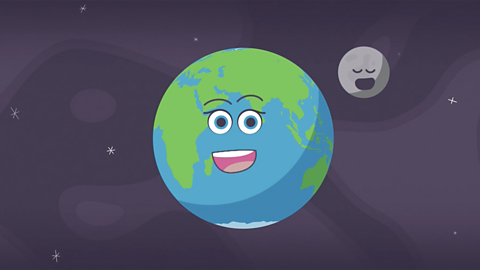
The world. video
Exploring the regions of the Earth: the continents, oceans, Equator, Northern and Southern Hemispheres and the North and South Poles.

Earthquakes. video
An animation for KS2 pupils on tectonic plate movement and steps to lessen the impact of earthquakes.
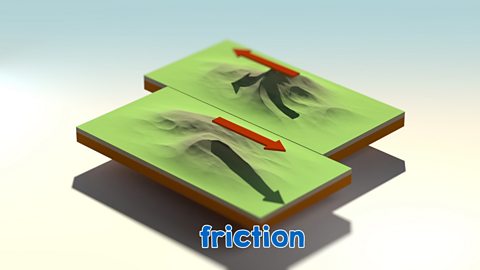
The water cycle. video
An short animation for KS2 pupils explaining the water cycle, including evaporation, condensation and precipitation.
